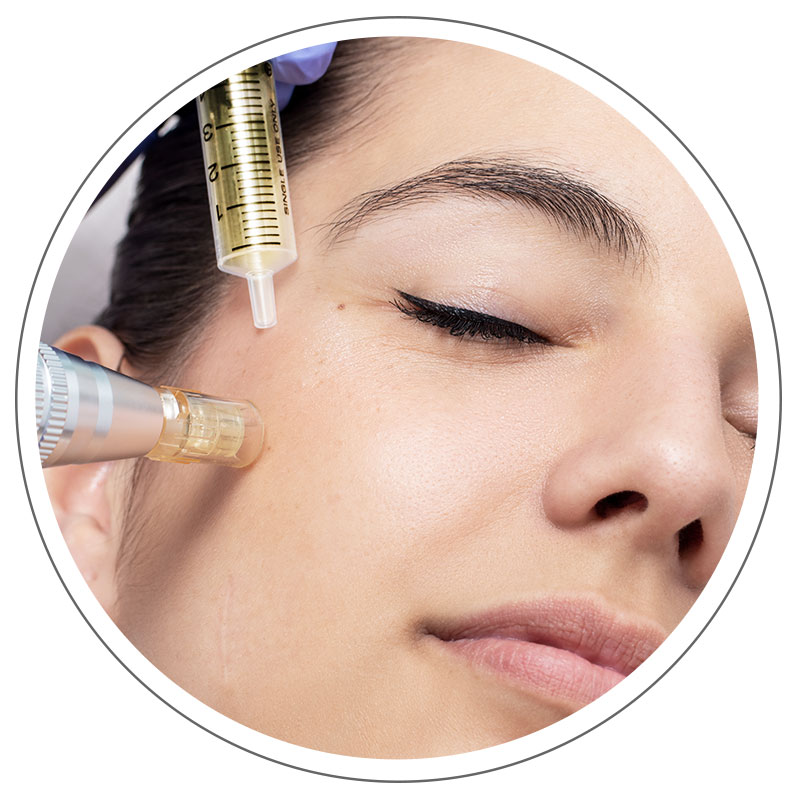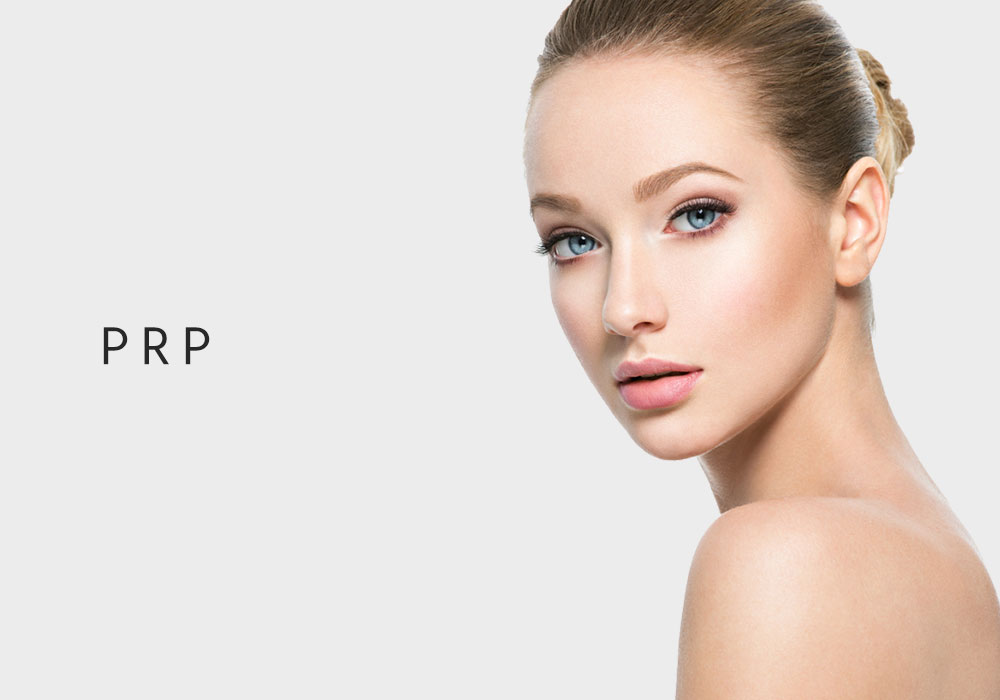
Platelet-Rich Plasma (PRP) Injection
Platelet-rich plasma (PRP) therapy uses injections of a concentration of a patient’s own platelets to accelerate the healing of injured tendons, ligaments, muscles and joints. In this way, PRP injections use each individual patient's own healing system to improve musculoskeletal problems.PRP injections are prepared by taking anywhere from one to a few tubes of your own blood and running it through a centrifuge to concentrate the platelets. These activated platelets are then injected directly into your injured or diseased body tissue. This releases growth factors that stimulate and increase the number of reparative cells your body produces.
Ultrasound imaging is sometimes used to guide the injection. The photographs below illustrate a PRP injection into a patient's torn tendon. The ultrasound guidance is shown at left and the injection is shown at right.
FAQs for Platelet-Rich Plasma (PRP) Therapy
1. What is Platelet-Rich Plasma (PRP) Therapy?
Platelet-Rich Plasma (PRP) Therapy is a regenerative treatment that uses the patient’s own blood to promote healing, rejuvenation, and tissue regeneration. PRP is rich in growth factors and platelets, which can stimulate collagen production and enhance the body's natural healing processes.
2. How does PRP Therapy work?
PRP Therapy involves drawing a small amount of the patient's blood, processing it to concentrate the platelets and growth factors, and then injecting the PRP into the targeted area. The growth factors in the PRP stimulate cellular repair, collagen production, and tissue regeneration.
3. What conditions can PRP Therapy treat?
- Skin Rejuvenation: Reduces fine lines, wrinkles, and improves skin texture and tone.
- Hair Restoration: Promotes hair growth in patients with thinning hair or alopecia.
- Scar Reduction: Improves the appearance of acne scars and surgical scars.
- Joint and Muscle Injuries: Enhances healing of tendons, ligaments, and muscles.
- Under-Eye Hollows: Reduces dark circles and hollows under the eyes.
4. Is PRP Therapy safe?
Yes, PRP Therapy is generally considered safe because it uses the patient’s own blood, reducing the risk of allergic reactions or infections. However, it is essential to have the procedure performed by a qualified and experienced practitioner to ensure safety and effectiveness.
5. What can I expect during the PRP Therapy procedure?
- Blood Draw: A small amount of blood is drawn from the patient’s arm.
- Processing: The blood is placed in a centrifuge to separate the plasma and concentrate the platelets.
- Injection: The PRP is injected into the targeted area using fine needles. Topical anesthetic may be applied to minimize discomfort.
- Post-Treatment: The area is cleaned, and post-treatment care instructions are provided.
6. Is there any downtime after PRP Therapy?
PRP Therapy typically involves minimal downtime. You may experience mild swelling, redness, or bruising at the injection site, which usually subsides within a few hours to a couple of days. Most patients can resume normal activities immediately after the procedure.
7. How many treatments are needed?
The number of treatments required varies depending on the condition being treated and individual response. Generally, a series of 3 to 4 treatments spaced 4 to 6 weeks apart is recommended for optimal results. Maintenance treatments may be needed to sustain the results.
8. When will I see results?
Results from PRP Therapy can vary based on the condition being treated. Initial improvements may be seen within a few weeks, with more significant results appearing after a series of treatments. Skin texture and tone continue to improve over several months as collagen production increases.
9. Are there any side effects?
Side effects are generally mild and temporary, including redness, swelling, bruising, or tenderness at the injection sites. These typically resolve within a few hours to a day. Rarely, more severe side effects such as infection or allergic reactions can occur.
10. Who is a good candidate for PRP Therapy?
Good candidates for PRP Therapy are individuals looking to improve specific skin concerns, promote hair growth, or enhance healing of musculoskeletal injuries. A consultation with a qualified practitioner is necessary to determine suitability based on individual health and treatment goals.
11. How do I prepare for a PRP Therapy treatment?
Preparation typically involves:
- Avoiding anti-inflammatory medications (e.g., ibuprofen, aspirin) for a few days before the procedure, as they can affect platelet function.
- Staying hydrated and eating a healthy meal before the procedure.
- Following any specific instructions provided by your practitioner.
12. How do I care for my skin after the treatment?
Post-treatment care involves:
- Keeping the treated area clean and moisturized.
- Avoiding direct sun exposure and using a broad-spectrum sunscreen.
- Avoiding strenuous exercise, hot baths, saunas, and alcohol for a few days.
- Following any specific aftercare instructions provided by your practitioner.
13. Can PRP Therapy be combined with other treatments?
Yes, PRP Therapy can be combined with other cosmetic treatments, such as microneedling, laser treatments, and dermal fillers, to enhance overall results. It's best to consult with your practitioner to develop a personalized treatment plan.
For personalized advice and to determine if PRP Therapy is right for you, it's best to consult with a qualified dermatologist or aesthetic professional.





